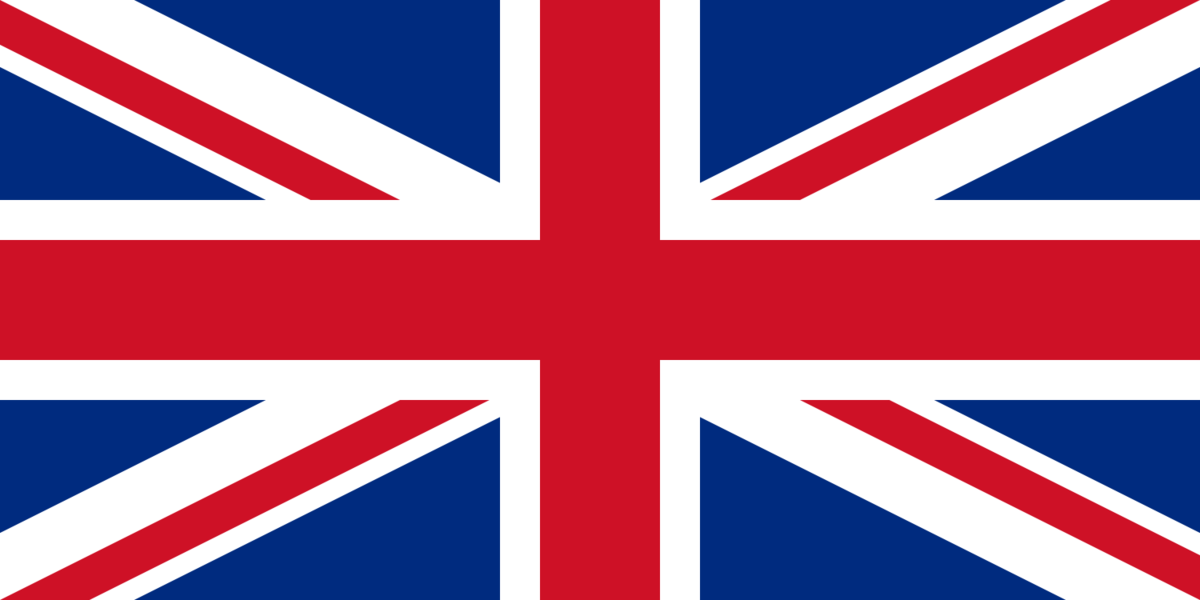Facial aesthetics involve surgical or non-invasive procedures aimed at making the skin look younger, fresher, and healthier. Aging, genetics, environmental factors, and lifestyle habits can cause changes in facial features over time. These changes, often seen as wrinkles, sagging, and volume loss, may prompt individuals to seek aesthetic interventions. However, the “ideal age” for facial aesthetics varies from person to person. In this article, we will explore the most suitable age ranges for facial aesthetic surgeries and which procedures are commonly preferred at each stage of life.
1. Ideal Age Range for Facial Aesthetics: From Youth to Middle Age
While there is no single “ideal age” for facial aesthetic surgeries, certain procedures tend to be more appropriate during specific age ranges. The choice of facial aesthetics depends on personal needs, age, skin structure, and aesthetic expectations. As a general guide:
Ages 18–30: Preventative Aesthetic Procedures for Young Faces
At a young age, facial features are usually well-defined, and the skin is firm. However, due to genetics and environmental factors, some individuals may experience sagging or early wrinkles even in their twenties. People between 18 and 30 often prefer to prevent the signs of aging before they begin. The following procedures may be suitable for this age group:
-
Rhinoplasty (Nose Surgery): Young individuals seeking facial balance often undergo rhinoplasty after age 18, when nasal development is typically complete. It is safe and effective at this stage.
-
Botox and Dermal Fillers: These treatments can address fine lines, expression wrinkles, and early volume loss. They are also used as preventative measures to delay the signs of aging.
Ages 30–40: Non-Surgical Solutions for Early Signs of Aging
The 30s are when fine lines and a decrease in skin elasticity start to appear. This is the beginning of visible aging for many. During this period, less invasive options are often preferred. Common aesthetic treatments for this age group include:
-
Botox and Fillers: These are used to treat wrinkles caused by facial expressions and to restore lost volume under the skin.
-
Laser Treatments and Chemical Peels: These help reduce fine lines and discoloration. Skin rejuvenation therapies are effective in evening out skin tone and reducing early wrinkles.
Ages 40–60: More Pronounced Aging Signs and Surgical Interventions
From the age of 40, more noticeable signs of aging begin to appear. Loss of skin elasticity, sagging, deeper wrinkles, and significant volume loss become more evident. Facial aesthetic procedures in this age group often involve surgical options. Popular procedures include:
-
Facelift (Rhytidectomy): This surgery addresses deep wrinkles and sagging skin, redefining the facial contour and tightening loose areas. It’s commonly performed from the age of 40 onwards.
-
Chin and Neck Aesthetics: Neck sagging and fat accumulation under the chin are common aging signs. Liposuction or neck lift surgeries are effective solutions for individuals in this age range.
-
Blepharoplasty (Eyelid Surgery): Sagging and puffiness around the eyes are frequent concerns. This procedure removes excess skin and fat from the upper and lower eyelids, restoring a youthful appearance.
Age 60 and Above: Reshaping Advanced Signs of Aging
People aged 60 and over typically experience more advanced signs of aging. At this stage, skin elasticity is significantly reduced, and sagging becomes more prominent. Surgical interventions are more commonly performed at this age. Appropriate procedures may include:
-
Deep Facelift and Facial Reshaping: A deeper-level facelift may be necessary to address advanced sagging. Facial contouring, including work on the jawline, cheekbones, and neck, may also be done to restore volume and redefine features.
-
Skin Rejuvenation Treatments: For deep wrinkles, sagging, and pigmentation changes, laser treatments, chemical peels, and platelet-rich plasma (PRP) therapies can be effective.
2. Factors to Consider When Choosing the Best Age for Facial Aesthetic Procedures
While age is a consideration, several other factors play a key role in achieving successful outcomes from facial aesthetic procedures:
-
Genetic Factors: The onset of aging signs varies based on genetics. Some individuals experience wrinkles and sagging earlier, while others show signs much later.
-
Lifestyle and Environmental Factors: Smoking, excessive alcohol consumption, stress, and sun exposure can accelerate aging. Considering these factors allows for more personalized treatment planning.
-
Personal Aesthetic Expectations: Aesthetic goals differ by individual, depending on age and needs. Creating a tailored treatment plan aligned with personal expectations ensures more natural and satisfying results.
In conclusion, the ideal age for facial aesthetic surgery depends on one’s skin condition, aesthetic goals, and when signs of aging begin. Generally, preventative treatments are recommended at younger ages, less invasive options in middle age, and surgical solutions in older age. For the best results, consulting with a qualified aesthetic surgeon is essential to determine the most appropriate treatment plan based on individual needs and expectations.




